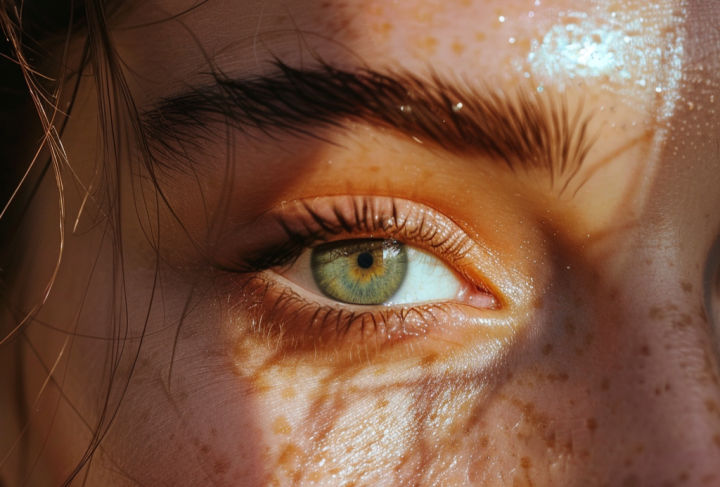Types of Eye Infections
Eye infections can be caused by bacteria, viruses, fungi, or parasites. Some common types of eye infections include:
- Conjunctivitis (Pink Eye): Inflammation of the conjunctiva, often caused by bacteria, viruses, or allergens.
- Keratitis: Inflammation of the cornea, usually due to bacterial, viral, or fungal infections.
- Blepharitis: Inflammation of the eyelids, often caused by bacterial infections or skin conditions like dandruff.
- Stye (Hordeolum): A painful lump on the eyelid caused by a bacterial infection of an oil gland.
- Uveitis: Inflammation of the uvea, which can be caused by infections, autoimmune disorders, or injuries.
Symptoms of Eye Infections
The symptoms of eye infections can vary depending on the type and severity of the infection. Common symptoms include:
- Redness: Inflammation causing the eye to appear red.
- Pain or Discomfort: A sensation of pain, burning, or irritation.
- Discharge: Mucus or pus that may be yellow or green.
- Swelling: Puffiness around the eye or eyelid.
- Itching: A sensation of itchiness in or around the eye.
- Blurred Vision: Difficulty seeing clearly.
- Sensitivity to Light: Discomfort when exposed to bright light.
Treatment Options for Eye Infections
Treatment for eye infections depends on the cause and severity of the infection. Common treatment options include:
- Antibiotic Eye Drops or Ointments: Used to treat bacterial infections like conjunctivitis, keratitis, and blepharitis.
- Antiviral Medications: Prescribed for viral infections such as herpes simplex keratitis.
- Antifungal Medications: Used to treat fungal infections of the eye.
- Warm Compresses: Applying a warm compress can help relieve symptoms of styes and blepharitis.
- Artificial Tears: Over-the-counter eye drops that help lubricate and soothe the eye.
- Oral Medications: In some cases, oral antibiotics or antiviral medications may be necessary.
- Proper Hygiene: Keeping the eye area clean and avoiding the use of contact lenses during the infection.
Prevention and Care
Preventing eye infections and caring for your eyes involves good hygiene and regular eye care practices:
- Wash Hands Frequently: Avoid touching your eyes with dirty hands.
- Avoid Sharing Personal Items: Do not share towels, eye makeup, or contact lenses.
- Proper Contact Lens Care: Clean and store contact lenses as recommended and replace them regularly.
- Protect Your Eyes: Wear protective eyewear when needed to prevent injuries or exposure to irritants.
- Regular Eye Check-Ups: Schedule regular visits with your eye care professional to monitor eye health.
- Manage Allergies: If you have allergies, take steps to control them and avoid triggers.
When to See a Doctor
Seek medical attention if you experience any of the following:
- Severe Pain: Intense pain in or around the eye.
- Vision Changes: Sudden changes in vision, such as blurriness or loss of vision.
- Persistent Symptoms: Symptoms that do not improve with over-the-counter treatments.
- Eye Injury: Any injury to the eye should be evaluated by a professional.
- Signs of a Serious Infection: Such as swelling, redness spreading to the face, or fever.
Conclusion
Eye infections require prompt and appropriate treatment to prevent complications and maintain eye health. By understanding the types, symptoms, and treatments of eye infections, as well as following preventive measures, you can protect your eyes and ensure quick recovery if an infection occurs. Always consult with an eye care professional for proper diagnosis and treatment.
